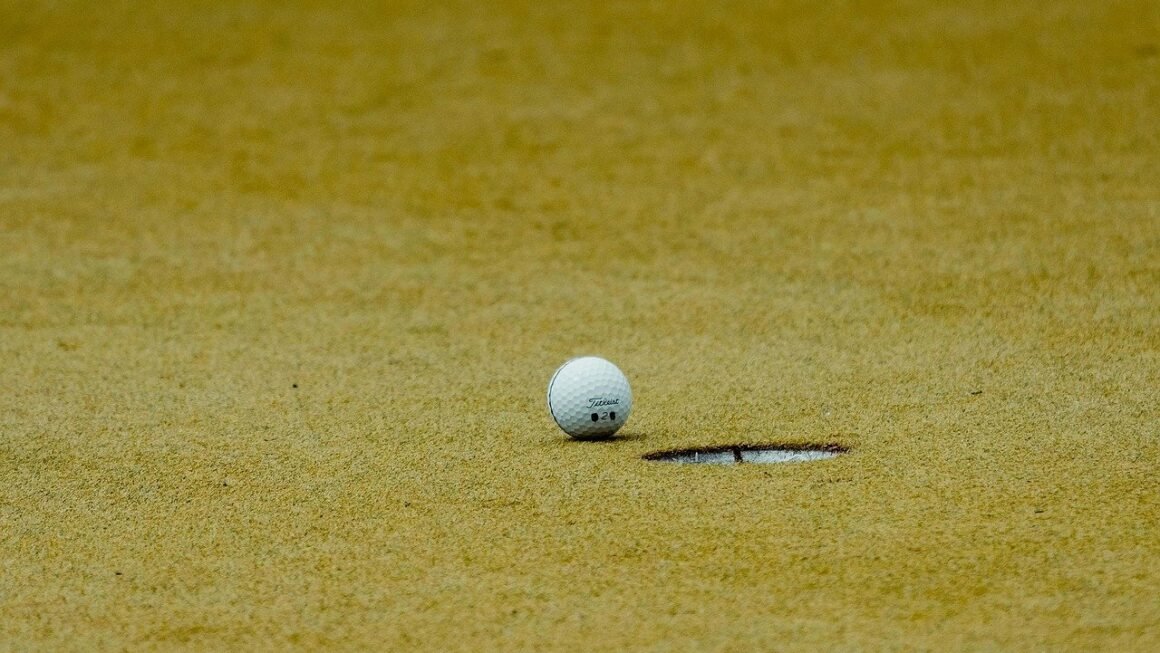The rhythmic crash of waves, the salty air, and the feeling of gliding across water – surfing is more than just a sport; it’s a lifestyle. It’s a connection with nature, a physical and mental challenge, and a source of pure, unadulterated joy. Whether you’re a seasoned pro carving through barrels or a beginner tentatively paddling out for the first time, the world of surfing has something to offer everyone. This guide will provide you with a comprehensive overview of surfing, covering everything from its origins to essential equipment and techniques, ensuring you’re well-equipped to catch your next wave.
The History and Evolution of Surfing
Ancient Origins
Surfing’s roots trace back centuries to ancient Polynesia, where it was a deeply ingrained part of the culture. It wasn’t just a recreational activity but a ritualistic practice, often reserved for royalty and used to demonstrate skill and status.
- Evidence suggests surfing was practiced in Hawaii as early as the 4th century AD.
- Early surfboards, called “alaia” and “olo,” were handcrafted from local wood and varied in size and shape based on the surfer’s status.
- Surfing was intertwined with spirituality, with prayers and ceremonies performed before and after sessions.
The Modern Era
The 20th century saw the globalization of surfing, largely thanks to Hawaiian athletes like Duke Kahanamoku, who popularized the sport worldwide.
- Kahanamoku, an Olympic swimmer, traveled the globe, showcasing surfing and inspiring a new generation of enthusiasts.
- The development of lighter and more maneuverable surfboards, using materials like balsa wood and fiberglass, revolutionized the sport.
- Surfing culture blossomed in California and Australia, shaping the music, fashion, and lifestyle associated with the sport today. The introduction of wetsuits allowed surfers to enjoy colder waters for longer periods.
Essential Surfing Equipment
The Surfboard: Your Primary Tool
Choosing the right surfboard is crucial for your surfing journey. Different board types cater to different skill levels and wave conditions.
- Longboards: Ideal for beginners and smaller waves, providing stability and ease of paddling.
- Shortboards: Designed for experienced surfers, offering maneuverability and performance in larger, more powerful waves.
- Funboards/Mid-lengths: A versatile option for intermediate surfers, bridging the gap between longboards and shortboards.
- Consider these factors when choosing a surfboard:
Your skill level
Your weight and height
The type of waves you’ll be surfing
The board’s volume and dimensions
Wetsuits and Rash Guards
Protecting yourself from the elements is essential for a comfortable and enjoyable surfing experience.
- Wetsuits: Provide insulation in cold water, allowing you to surf for longer periods. Different thicknesses cater to varying water temperatures.
- Rash guards: Offer protection from the sun and board rash, particularly in warmer waters.
- Booties and gloves: Keep your extremities warm in very cold water.
Leashes and Fins
These essential accessories ensure safety and enhance performance.
- Leashes: Connect your surfboard to your ankle, preventing it from drifting away after a wipeout. Choose a leash length appropriate for your board size.
- Fins: Provide stability, control, and maneuverability. Different fin setups (single fin, twin fin, thruster, quad) affect the board’s performance.
Fundamental Surfing Techniques
Paddling and Positioning
Mastering the art of paddling is fundamental for catching waves.
- Proper paddling technique: Lie flat on your board, position yourself slightly forward, and use long, powerful strokes, alternating arms.
- Positioning in the lineup: Observe the wave patterns and position yourself in the optimal spot to catch the waves before they break. This involves patience and understanding of wave dynamics.
- Turtle Rolling: A technique used to get under breaking waves. Grab the rails of your board, flip upside down, and hold onto the board as the wave passes over you.
Pop-Up and Stance
The pop-up is the transition from paddling to standing on the board.
- The pop-up: From a lying position, quickly push up with your hands, bringing your feet underneath you in a smooth, fluid motion.
- Stance: Your stance determines your direction on the wave. “Regular” surfers lead with their left foot, while “goofy” surfers lead with their right foot.
- Practice the pop-up on land before attempting it in the water. Focus on speed and accuracy.
Riding the Wave
Once you’re up, it’s time to ride the wave!
- Maintaining balance: Keep your knees bent and your weight centered over the board.
- Looking where you want to go: Your body will naturally follow your gaze.
- Turning: Shift your weight to one side to initiate a turn.
- Wipeout Strategy: If you fall, protect your head and try to fall flat. Cover your head with your arms and wait for the wave to pass before surfacing.
Choosing the Right Surf Spot
Understanding Wave Types
Different surf spots offer different types of waves.
- Beach breaks: Waves break over a sandy bottom, typically offering a variety of conditions.
- Point breaks: Waves break along a point of land, offering long, consistent rides.
- Reef breaks: Waves break over a coral reef, often producing powerful and challenging waves.
Considering Skill Level
Choose a surf spot that matches your skill level.
- Beginner-friendly spots: Look for gentle, forgiving waves with a soft, sandy bottom.
- Intermediate spots: Offer more challenging waves with some size and power.
- Advanced spots: Feature powerful, hollow waves that require significant skill and experience.
Checking Surf Reports
Before heading out, check surf reports to assess wave conditions.
- Surfline, Magicseaweed, and Windguru are popular websites that provide detailed surf forecasts.
- Pay attention to wave height, swell direction, tide, and wind conditions.
- Local knowledge is invaluable. Ask experienced surfers for recommendations on the best spots for current conditions.
Surfing Etiquette and Safety
Respecting Local Surfers
- Don’t drop in: Dropping in is paddling for a wave that someone else is already riding.
- Paddle wide: Paddle around the lineup to avoid getting in the way of surfers already riding waves.
- Share the waves: Give everyone a chance to catch a wave.
- Respect the locals: Be mindful of local customs and traditions.
Safety Precautions
- Always surf with a buddy: Never surf alone, especially in unfamiliar waters.
- Know your limits: Don’t paddle out in conditions that exceed your ability.
- Be aware of ocean conditions: Pay attention to currents, tides, and weather patterns.
- Protect yourself from the sun: Wear sunscreen, a hat, and sunglasses.
- Stay hydrated: Drink plenty of water.
- Know basic first aid: Be prepared to handle minor injuries.
Conclusion
Surfing is a rewarding and challenging activity that offers physical and mental benefits, along with a deep connection to nature. By understanding the history, equipment, techniques, and etiquette involved, you can embark on your surfing journey with confidence and respect for the ocean. Remember to always prioritize safety, respect local surfers, and most importantly, have fun! The ocean is calling, and the waves are waiting.



